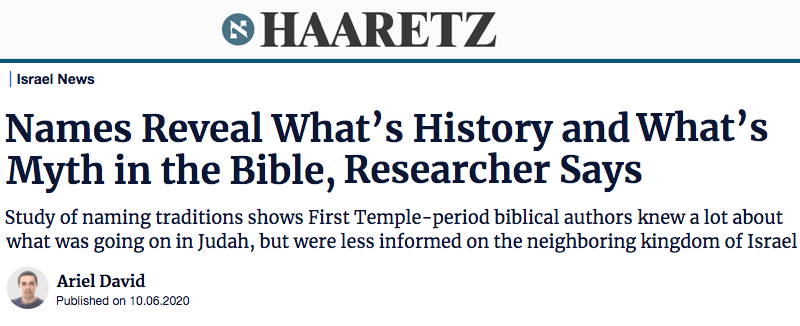
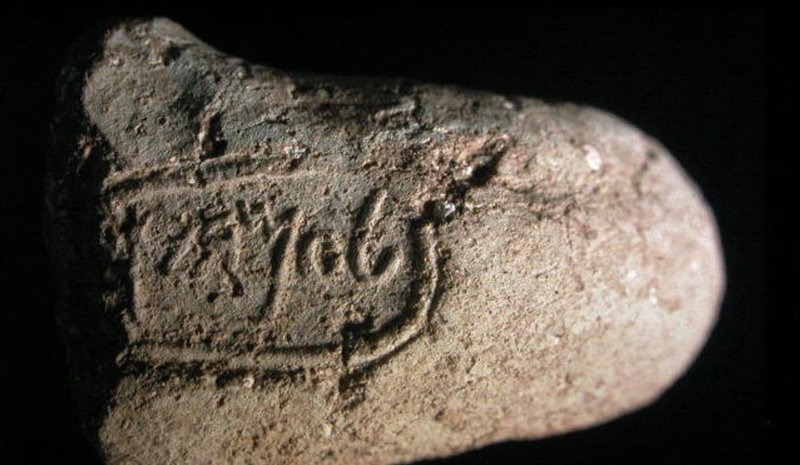
The names parents give their children tell us a lot about social trends, religious beliefs and cultural identities. One Israeli scholar is now using the changing popularity and style of names through time for an unexpected purpose: figuring out how much of the Bible is a true story.

The idea is to compare names used in the biblical narrative to those found in inscriptions unearthed in digs across the Levant, explains Mitka Golub, an archaeologist from the Hebrew University in Jerusalem.
If the names in a particular biblical book match up in style and popularity with those that were actually used during the period in which a narrative is set, based on archaeological findings – then we can be reassured that the story was put in writing close in time to when it supposedly happened, or at least the author had clear and direct sources about the events.
Conversely, if the names in the biblical text differ significantly from those found in the archaeological record, this indicates that the author made them up or used names that were common in a later period, casting greater doubt on the reliability of the narrative, says Golub, who last month published an article about her research in Biblical Archaeology Review.
Between myth and history
The question of the Bible’s historicity has challenged scholars since the dawn of modern archaeology, when 19th century European explorers scoured the Holy Land and saw evidence of divine revelation in every stone they stumbled upon. Today however most scholars place the early stories in the Bible, from Genesis and Exodus to Joshua and Judges, solidly in the camp of religious myth, though as many myths do, these narratives may contain distant echoes of historical memories.
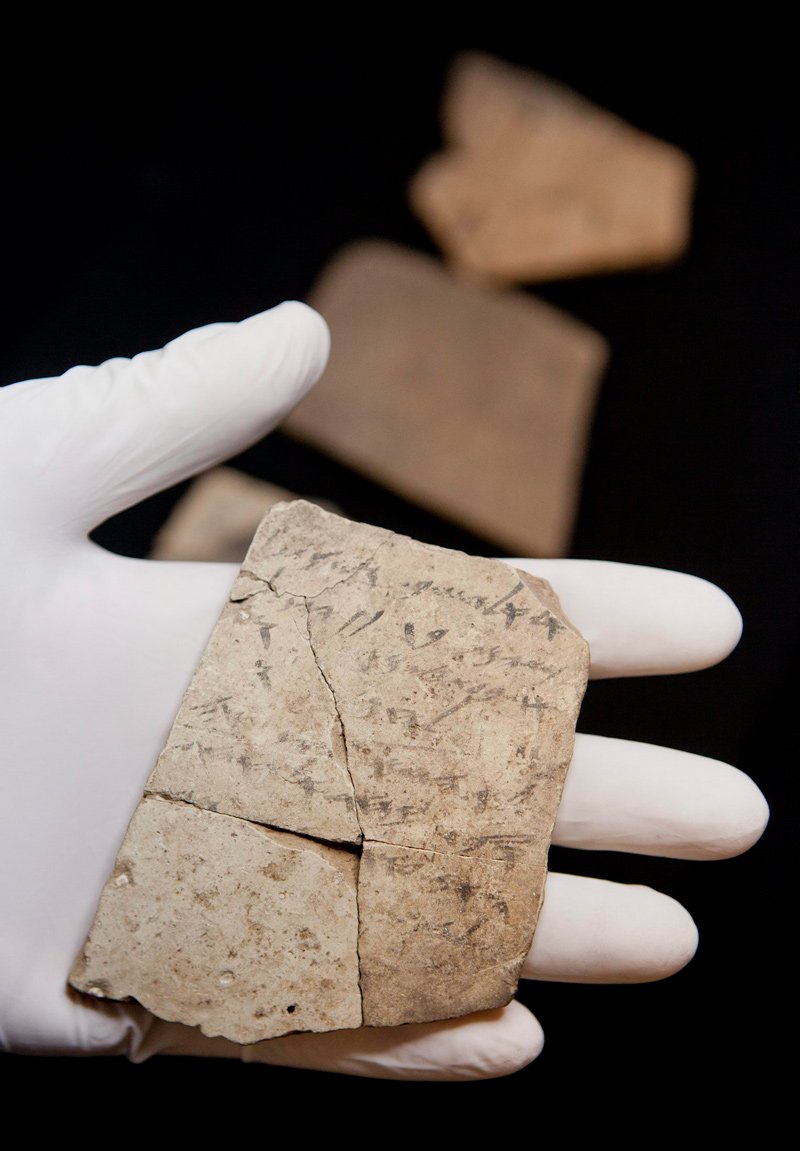
Nowadays the debate on historicity focuses on the period that begins in the 10th century B.C.E with the great United Monarchy of David and Solomon, whose existence and extent have become a hotbed of archaeological controversy, and continues until the end of the First Temple period and the Babylonian conquest of Jerusalem in 586 B.C.E.
Closely linked to this debate is the question of when the various biblical books were first put in writing.
If, as some scholars believe, the earliest texts in the Bible were only composed after the Babylonian exile in the sixth century B.C.E. or even in the later Hellenistic period, this would mean the biblical scribes were very far removed from the time in which their story is set. But if it was already set on parchment during the First Temple period, then the Bible could be considered relatively more reliable as a historical source.
And it is largely this issue that Golub’s onomastic research seeks to tackle.
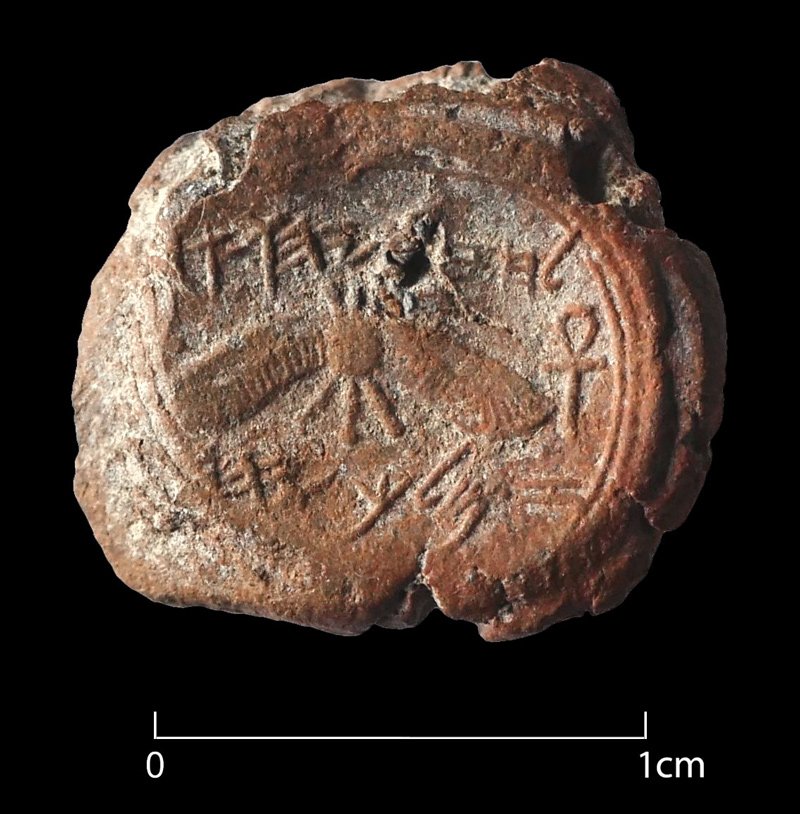
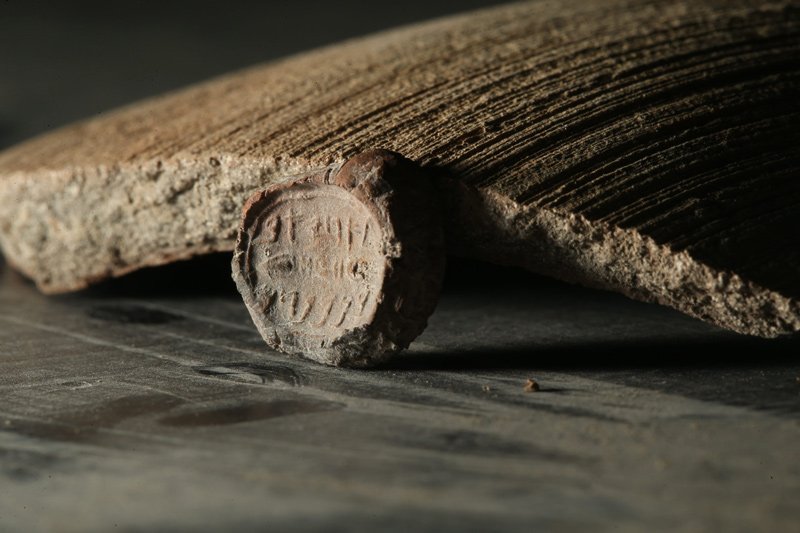
Of course, trying to find mention of biblical characters in the archaeological record is not a new avenue, as far ascertaining the text’s historicity goes. Indeed, over the last two centuries, archaeologists have uncovered a few dozen inscriptions and seal impressions that attest to the historicity of King David and some of his successors, such as the kings Ahab of Israel and Hezekiah of Judah, as well as priests and other Israelite high officials. But these finds are fairly few and far apart.
“There are not that many biblical names that appear in extrabiblical sources,” Golub tells Haaretz. “At the same time we have a huge collection of names in archaeology that can give us a lot of information about the historicity of the Bible.”
Kingdom of Israel, they barely knew ye
As she reports in her BAR article, Golub studied the names in the books of Kings and Chronicles. These books tell the story of the Israelites from the end of King David’s reign, roughly in the 10th century B.C.E., until the beginning of the Babylonian exile.
Her study focuses on theophoric names, that is, names that include a reference to a tutelary deity, which were commonly used across the Levant at the time and can reveal much about the religious beliefs and identity of their bearers.
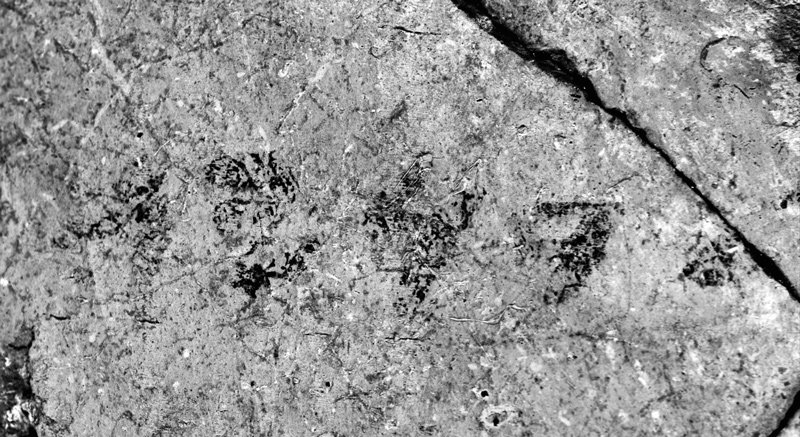
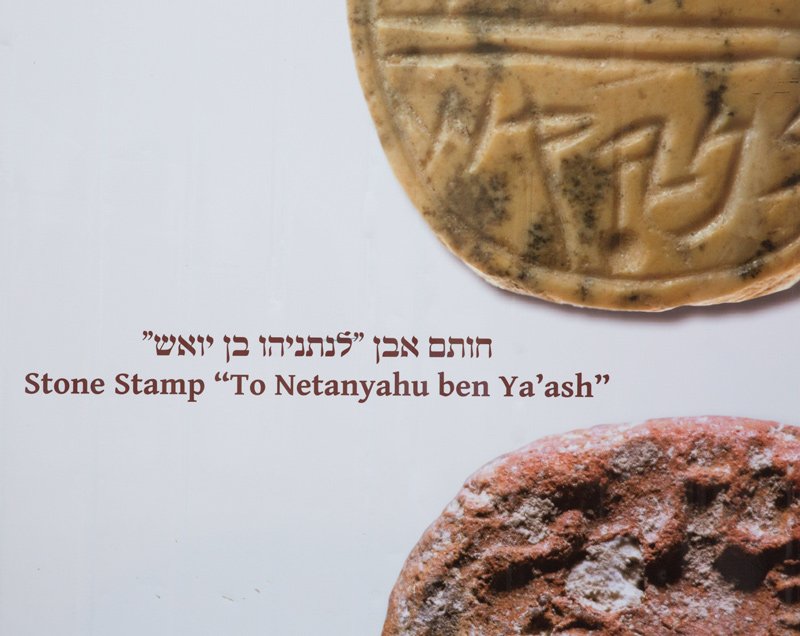
Many theophoric names from the First Temple period such as Josiah, Isaiah or Hezekiah are considered Yahwistic, because the suffix IAH (or YAH) references the name of YHWH, the principal deity of the ancient Israelites and sole god worshipped by today’s Jews.
But back in that time, as archaeology has already shown, the Israelites were not yet strictly monotheistic, and still believed in the existence of other deities. This is reflected in theophoric names that appear in inscriptions from the period, which often include references to Canaanite divinities such as Baal or El.
In fact, some scholars point out that the very name “Israel” suggests these people, at least initially, were worshippers of El, the chief god of the Canaanite pantheon, rather than of YHWH.
Golub’s study compared the corpus of biblical theophoric names to those found in archaeological digs, which she compiled into an open-access online database. These inscriptions are dated mostly from the ninth century B.C.E. onwards mainly because there are very few texts, with names or otherwise, found in the Levant from earlier centuries.
If we go by the biblical chronology, this is the time that followed Solomon’s death and the division of his great United Monarchy into the kingdom of Judah, centered on Jerusalem, and the northern kingdom of Israel.
Golub’s key finding is that there is a stark difference between the historical accuracy of Judahite and Israelite names in the Bible. While the Judahite names are in keeping with those used at the time in Jerusalem and its surroundings, the same cannot be said about the northern Israelite names.
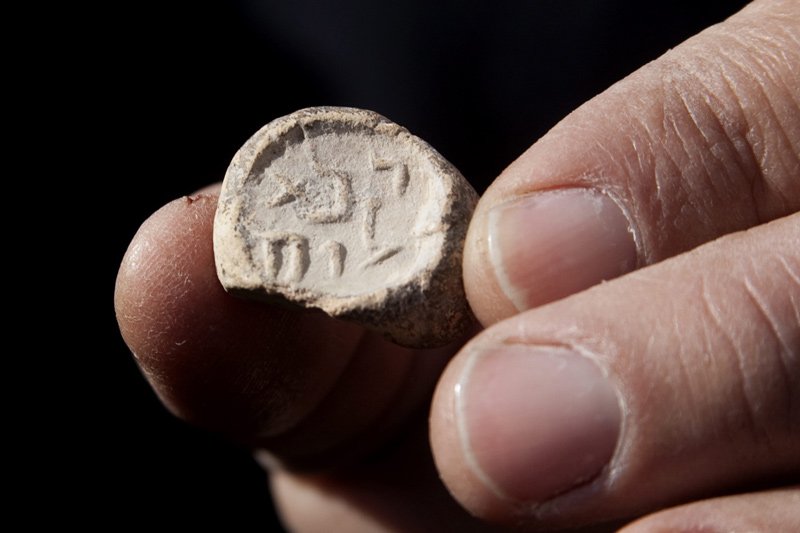
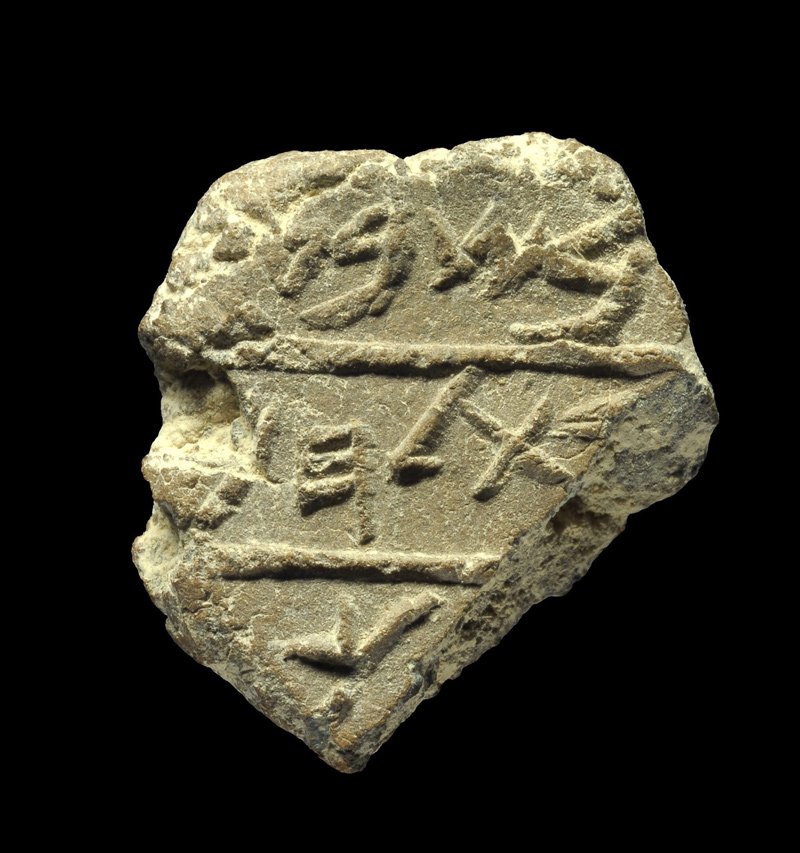
In Kings, 84 percent of Judahite theophoric names contain a Yahwistic element, and only a small percentage invokes other gods, mainly El. In Chronicles 75 percent of the names are Yahwistic. This is well mirrored in Judahite inscriptions from the period, in which 77 percent of theophoric names mark out their bearers as YHWH worshippers.
In the Bible, characters from the northern kingdom of Israel show a similar Yahwistic predominance, hovering around 90 percent. But in the archaeological record, only around 50 percent of theophoric names contain the element YHWH, while about 35 percent reference El or Baal.
Even within the cadre of Yahwistic names, archaeology and the Bible don’t match up. In the Bible, Yahwistic names in both Israel and Judah are almost always rendered with the suffix or prefix “Yahu” (with the Hebrew letters yod-hey-vav) – but archaeologists have discovered that was typical of the Judahite dialect. Evidence found in excavations in the kingdom of Israel shows they spelled the Yahwistic element in their names as “Yau” (yod-vav).
That difference may seem a bit academic, but the broader conclusions are important. The findings suggest that whoever wrote the books of Kings and Chronicles was very familiar with Judahite names but had no idea about the onomastic traditions in Judah’s northern neighbor.
The biblical authors either changed the Israelite names to make them appear more Yahwistic, or did not have particularly good sources when it came to northern names and simply assumed their traditions were similar to those of Judah.
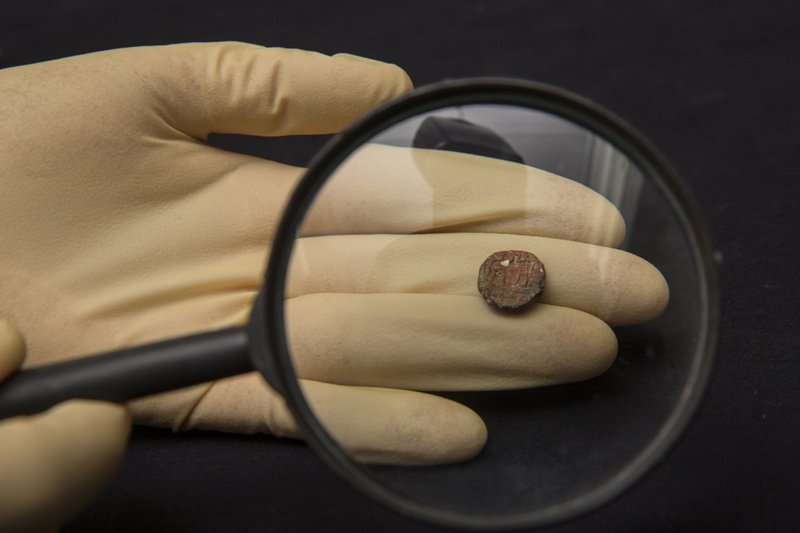
“It is clear that the person who wrote or collected the material for these books didn’t know how Israelite names looked like,” Golub concludes. “If he did, he would have used more the element Baal and the element Yau.”
All this suggests that the Bible, or at least the stories of Kings and Chronicles, were first put in writing in the latter days of the First Temple period in Jerusalem, long after the Assyrians had already destroyed the kingdom of Israel at the end of the eighth century B.C.E.
“Maybe some of this material was written during the end of the First Temple period, when Judah still survived but the Israelite kingdom was long gone,” Golub says. “Probably they still had stories about that kingdom, probably oral sources, but the names of the people maybe didn’t survive.”
The Bible and Josiah
Golub herself hesitates to stick a pin on a specific period for the composition of the biblical books of Kings and Chronicles, but her findings do gel with what is one of the prevailing theories among biblical scholars today on the dating of the sacred text. According to this view, the first redaction of the earliest biblical texts occurred in Jerusalem at the end of the seventh century B.C.E. in the time of King Josiah – that is, about a century after the destruction of the northern kingdom and a few decades before the fall of Judah to the Babylonians.
The idea that an initial nucleus of the Bible was written in the First Temple period or immediately after is also supported by another of Golub’s studies, on the names found in the book of Jeremiah.
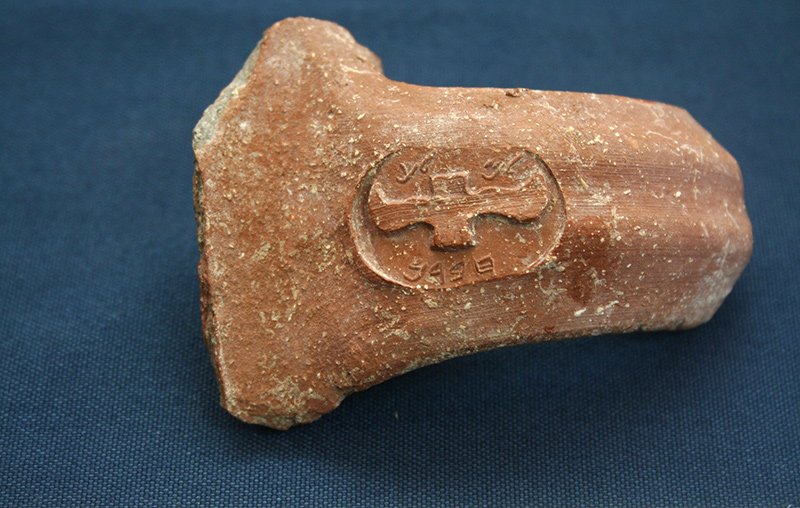
In this text, which tells the story of the prophet who foreshadows the destruction of Jerusalem and the Temple by the Babylonians, some 63 percent of all Judahite names (not just the theophoric ones) are Yahwistic, compared to 50 percent in archaeological finds from the same period. This is followed by 10 percent of names with El in Jeremiah and 8 percent in ancient inscriptions.
While these fairly close percentages don’t tell us how much of Jeremiah’s narrative is true, they do suggest that his story must have been written close to his purported lifetime by someone who was intimately familiar with the names and traditions of Judah at the end of the First Temple period.
The quantitative analysis of biblical names and their comparison to the archaeological record is indeed a sophisticated new tool for dating the composition of biblical texts, says Prof. Yosef Garfinkel, head of the Hebrew University’s Institute of Archaeology.
“If everything was written in the Hellenistic period no one would know what were the names of people hundreds of years earlier,” he notes.
Garfinkel, however, is one of the major supporters of the historicity of the United Monarchy under David and Solomon, so he is quick to add that the fact that the earliest biblical texts may have been written in the seventh century B.C.E., long after the split between Israel and Judah, and the former’s demise, does not mean that the Bible does not contain earlier memories.
“Clearly the biblical authors had much more intimate knowledge of Judah’s history, so maybe when the Bible was composed Israel was already a deserted entity,” he says. “That doesn’t mean they didn’t have quite a lot of information about what happened in the 10th or the ninth century B.C.E. in both areas.”